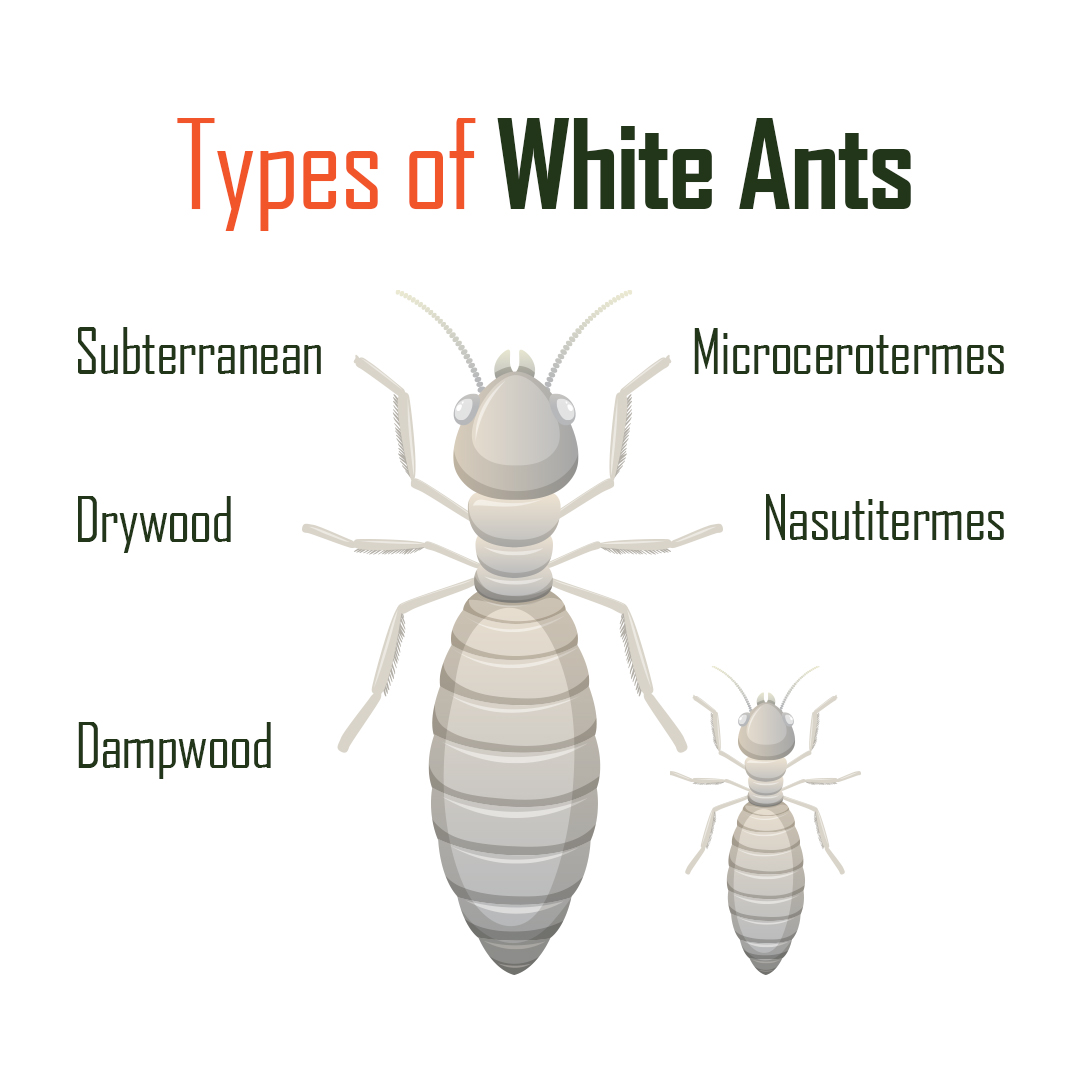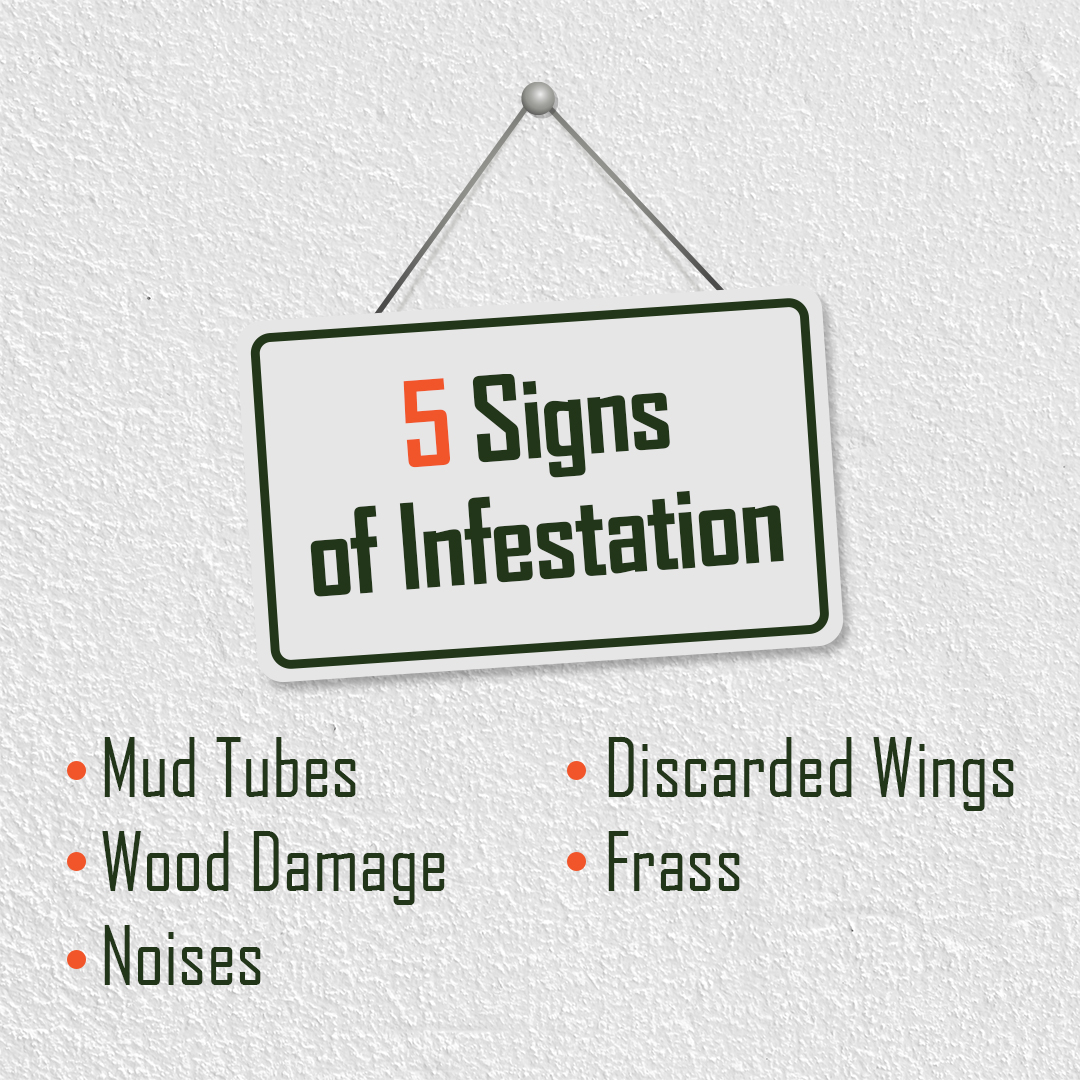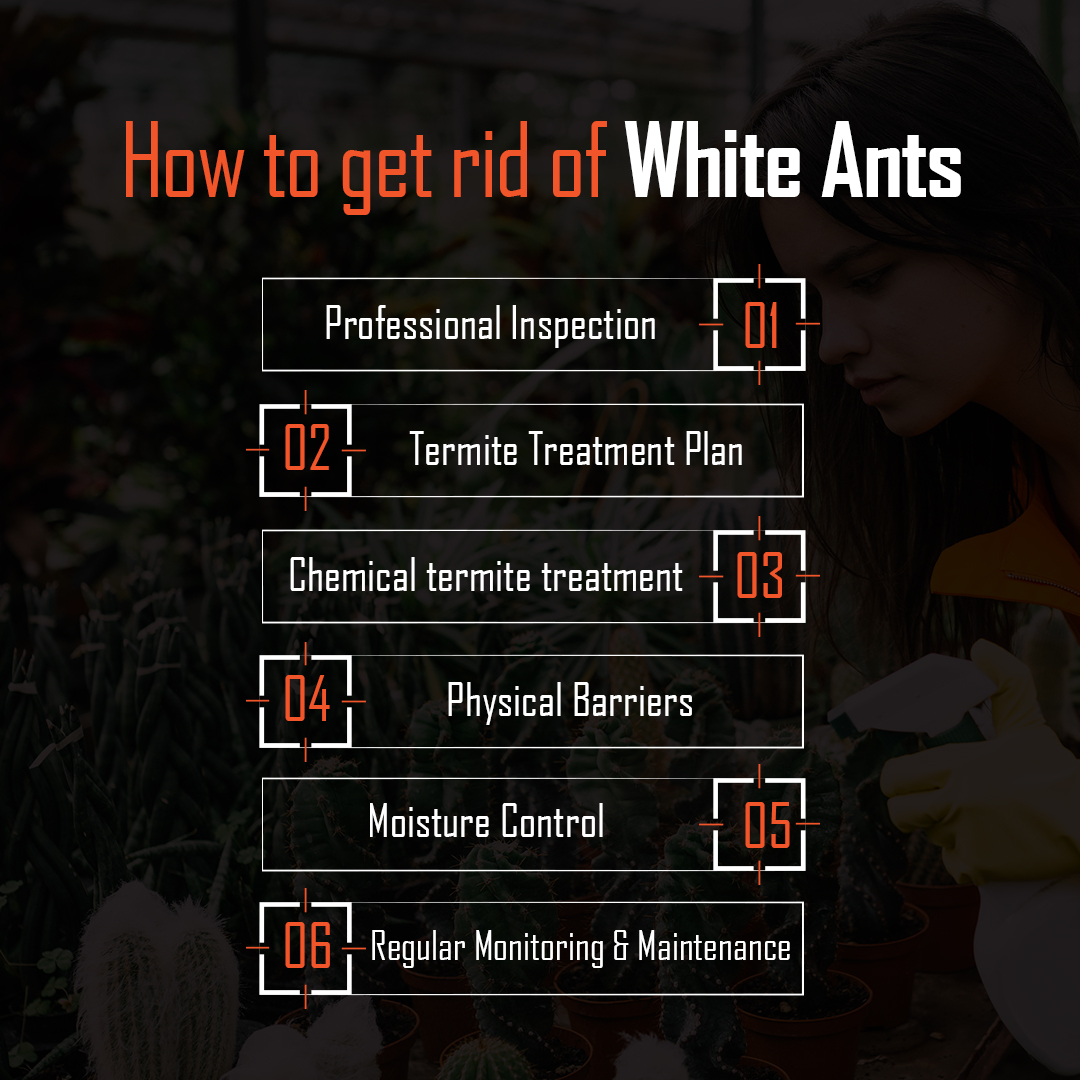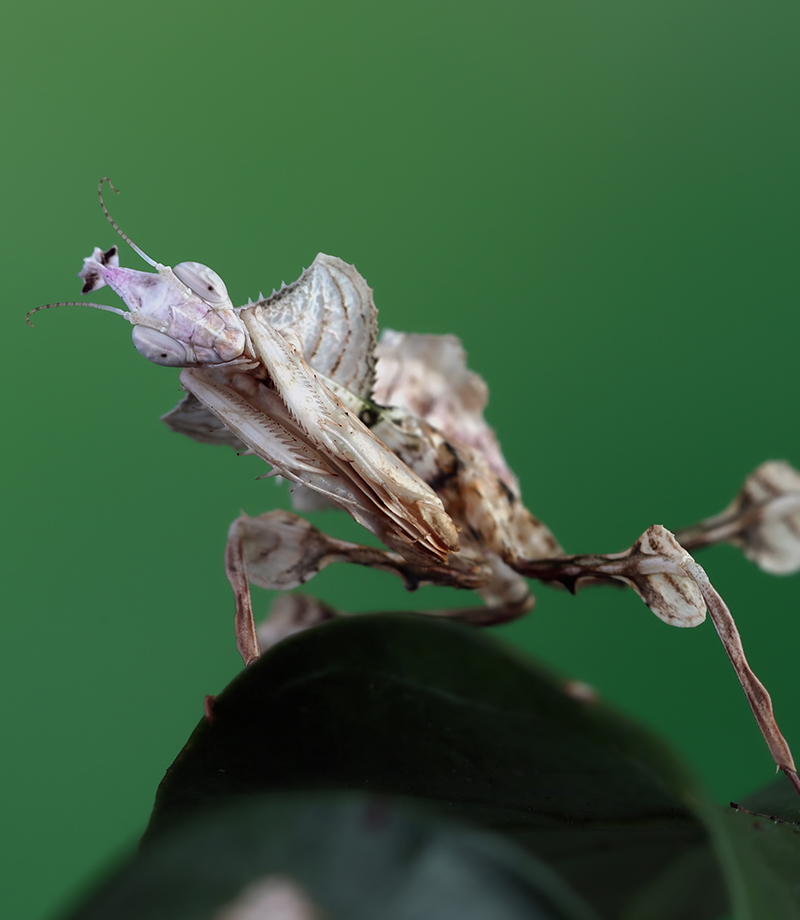Introduction about White Ants
White Ants or Termites are known for their remarkable ability to consume wood and cellulose-based materials, making them notorious pests in both natural ecosystems and human-built structures.
White Ants live in large colonies composed of different castes, including workers, soldiers, and reproductive individuals. Each caste has specific roles within the colony, contributing to the overall functioning and survival of the termite society. These colonies are typically located underground or within structures, where termites construct intricate tunnel systems to access food sources and maintain communication.
White Ants are highly social insects, exhibiting complex behaviors and communication systems within their colonies. They communicate through chemical signals known as pheromones, which play a crucial role in coordinating tasks such as foraging, building, and defending the colony. Their social structure and cooperative behaviors enable termites to efficiently exploit food resources and defend their nests against potential threats.
As pests, white ants pose a significant threat to wooden structures, causing extensive damage to buildings, furniture, and other cellulose-based materials. They feed on wood from the inside out, often remaining undetected until significant structural damage has occurred. This destructive behavior can compromise the integrity of buildings, leading to costly repairs and structural instability if left unchecked.
In this article, we will delve into various aspects of white ants Australia , including the different types of white ants found in the region, their life cycle, common signs of infestation, and detailed methods for effectively eliminating white ants from your property.
Read More: Termite Inspections Costs
Get A Free Quote
Introduction about White Ants
White Ants or Termites are known for their remarkable ability to consume wood and cellulose-based materials, making them notorious pests in both natural ecosystems and human-built structures.
White Ants live in large colonies composed of different castes, including workers, soldiers, and reproductive individuals. Each caste has specific roles within the colony, contributing to the overall functioning and survival of the termite society. These colonies are typically located underground or within structures, where termites construct intricate tunnel systems to access food sources and maintain communication.
White Ants are highly social insects, exhibiting complex behaviors and communication systems within their colonies. They communicate through chemical signals known as pheromones, which play a crucial role in coordinating tasks such as foraging, building, and defending the colony. Their social structure and cooperative behaviors enable termites to efficiently exploit food resources and defend their nests against potential threats.
As pests, white ants pose a significant threat to wooden structures, causing extensive damage to buildings, furniture, and other cellulose-based materials. They feed on wood from the inside out, often remaining undetected until significant structural damage has occurred. This destructive behavior can compromise the integrity of buildings, leading to costly repairs and structural instability if left unchecked.
In this article, we will delve into various aspects of white ants Australia , including the different types of white ants found in the region, their life cycle, common signs of infestation, and detailed methods for effectively eliminating white ants from your property.
Feel Free to connect with us

The main types of White Ants in Australia include:
1. Subterranean Termites:
Subterranean termites are the most common type of termite found in Australia.
They build their colonies underground and construct mud tubes to access aboveground food sources, such as wood and cellulose materials.
Subterranean termites are known for their destructive capabilities, causing extensive damage to wooden structures and buildings.
2. Drywood Termites:
Drywood termites infest dry wood and do not require contact with soil to survive.
They build their colonies within the wood they consume, often causing damage to furniture, wooden beams, and other dry wood structures.
3. Dampwood Termites:
Dampwood termites prefer moist environments and infest wood with high moisture content.
They are typically found in decaying wood, tree stumps, and fallen logs, where they feed on the damp wood and contribute to the decomposition process.
4. Nasutitermes Termites:
Nasutitermes termites are another common type of termite found in Australia.
They are known for their distinctive long, pointed heads (tastes) and are often found in forests, woodlands, and urban areas.
5. Microcerotermes Termites:
Microcerotermes termites are found in various habitats across Australia, including forests, grasslands, and urban areas.
They are known for their smaller size and are often found infesting dead and decaying wood.

White Ants Australia Life Cycle
The life cycle of white ants, or termites, consists of several stages, each characterized by specific behaviors and physiological changes. Termites undergo incomplete metamorphosis, meaning they do not undergo distinct larval and pupal stages like other insects with complete metamorphosis.
1. Egg Stage:
The life cycle begins when a mated pair of adult termites, known as alates or swarmers, find a suitable location to establish a new colony. The queen lays eggs, which are tended to by worker termites. These eggs hatch into nymphs, the immature stage of termites.
2. Nymph Stage:
Nymphs resemble smaller versions of adult termites but lack reproductive organs. They molt several times as they grow, shedding their exoskeletons to accommodate their increasing size.
3. Worker, Soldier, and Reproductive Castes:
As nymphs molt and develop, they differentiate into various castes within the termite colony. Worker termites are responsible for foraging, feeding other colony members, and constructing and maintaining the nest. Soldiers defend the colony against threats such as predators. Reproductive individuals, including the queen and king, are responsible for producing eggs and perpetuating the colony.
4. Queen and King:
The reproductive individuals, or alates, mature into sexually mature adults. The queen termite can live for many years and is responsible for laying eggs to sustain the colony. The king’s primary role is to mate with the queen and fertilize her eggs.
5. Swarmers:
When environmental conditions are favorable, typically during warm, humid weather, mature colonies produce alates, or swarmers, which have wings and are capable of flight. These large numbers of swarmers emerge from the colony and engage in a mating flight to establish new colonies. After mating, the swarmers shed their wings, and the fertilized females become new queens, while the males perish.
6. Colony Expansion and Maintenance:
Once a new queen establishes a colony, she begins laying eggs, and the colony grows as the offspring mature and assume their respective roles within the caste system. The cycle continues as the colony expands and develops over time.
Throughout the life cycle, termites exhibit complex social behaviors and cooperation within the colony, contributing to their success as prolific pests and vital components of ecosystems. Understanding the life cycle of termites is essential for effective pest management strategies and conservation efforts.
Feel Free to connect with us

Signs of Infestation of White Ants
Recognizing the signs of a white ant/termite infestation is crucial for early detection and effective pest control management. Here are some common signs to look out for:
1. Mud Tubes:
Subterranean termites construct mud tubes, also known as shelter tubes, to protect themselves as they travel between their underground colonies and aboveground food sources. These tubes are typically made of soil, wood particles, and termite saliva and can be found along foundation walls, wooden beams, or other surfaces.
2. Discarded Wings:
After a termite swarm, or when new colonies are established, swarmers shed their wings. Discarded termite wings are often found near windowsills, doors, or other entry points, indicating the presence of a nearby colony.
3. Wood Damage:
Termites feed on wood and cellulose-based materials, causing structural damage over time. Signs of wood damage include hollow-sounding timber, sagging floors or ceilings, blistering or peeling paint, and visible tunnels or galleries within the wood.
4. Frass:
Termite droppings, known as frass, may accumulate near infested wood or along the edges of mud tubes. Frass resembles small, pellet-like particles and is often a mixture of termite excrement and wood particles.
5. Noises:
In some cases, termites may produce clicking or rustling sounds within infested wood as they tunnel and feed. While these sounds are not always audible, they may indicate a significant termite infestation.
To recognize these signs effectively, homeowners should conduct regular inspections of their property, paying close attention to areas prone to moisture, such as basements, crawl spaces, and attics, as termites are attracted to damp environments. Additionally, inspecting wooden structures, foundations, and landscaping features for signs of damage or termite activity can help detect infestations early.
If any of these signs are observed, it is essential to seek professional pest control assistance promptly. Pest control professionals have the expertise and tools necessary to assess the extent of the infestation, identify the termite species involved, and implement appropriate termite treatment methods to eradicate the pests effectively. Early intervention can help prevent further damage to the property and mitigate the risk of structural compromise caused by termites.
How do white ants enter a building
white ants can enter a building through various entry points, taking advantage of even the smallest cracks and crevices in the structure. Here are several ways termites commonly enter buildings:
1. Soil Contact: Subterranean termites, which are the most common type in Australia, typically build their colonies underground. They construct mud tubes or tunnels that extend from the soil to the wooden elements of a building. These tubes provide a protected pathway for termites to travel between their underground nest and the aboveground food source, such as wooden beams, foundation walls, or floor joists.
2. Wood-to-Ground Contact: white ants can also enter a building if wooden elements of the structure come into direct contact with the soil. This includes wooden posts, beams, or other structural components that touch the ground, providing a direct pathway for termites to access the building.
3. Cracks and Crevices: white ants are adept at finding small openings in a building’s foundation, walls, or concrete slabs. They can squeeze through tiny cracks and gaps, including expansion joints, where the building materials meet, or around utility pipes and conduits that penetrate the foundation.
4. Construction Joints: During the construction process, white ants may gain access to a building through untreated or improperly sealed construction joints, where different building components are joined together. If these joints are not adequately protected, they can provide entry points for termites.
5. Wooden Structures: white ants can also enter buildings through wooden structures such as fences, decks, or wooden siding that are in direct contact with the building. From these external wooden structures, termites can then move into the main structure of the building.
6. Moisture and Ventilation Openings: white ants are attracted to moisture, so openings around plumbing fixtures, vents, or air conditioning units that create damp environments can also serve as entry points. Termites may exploit these openings to gain access to the interior of a building.
Once inside a building, white ants can cause extensive damage to wooden structures, flooring, furniture, and other cellulose-based materials. Therefore, it’s crucial for homeowners to address potential entry points and implement preventive measures to protect their properties from termite infestations. Regular inspections, maintenance of proper ventilation, and eliminating moisture sources can help deter termites from entering buildings. Additionally, treating wooden structures with termite-resistant materials or installing physical barriers can provide added protection against termite intrusion.
How much damage can white ants cause?
White ants are notorious for their ability to cause extensive damage to wooden structures and other cellulose-based materials. The extent of damage they can cause varies depending on factors such as the termite species, size of the colony, and duration of infestation. However, termites are capable of causing significant structural damage over time if left unchecked.
White ants feed on wood from the inside out, often consuming wood silently and unnoticed. This means that by the time signs of infestation become visible, such as sagging floors, hollow-sounding timber, or visible tunnels within wood, significant damage may have already occurred.
In severe cases, white ants damage can compromise the structural integrity of buildings, leading to safety hazards and costly repairs. Termites can weaken wooden support beams, flooring, furniture, and other wooden elements of a structure, potentially causing them to collapse or become unstable.
Additionally, white ants can damage non-structural elements of a property, such as books, paper products, insulation, and even electrical wiring, posing further risks and inconveniences.
The financial cost of white ants damage can be substantial, with repair and treatment expenses often running into thousands of dollars, depending on the extent of the infestation and the scope of necessary repairs.
It’s essential to address termite infestations promptly and implement effective control measures to minimize damage and protect the structural integrity of buildings and properties. Regular inspections and preventive measures are crucial in mitigating the risk of termite damage and maintaining the value of the property.

How to get rid of White Ants
Getting rid of white ants, or termites, in Australia requires a comprehensive approach that targets the colony and addresses conducive conditions for termite infestation. While there are various DIY methods and preventive measures homeowners can implement, enlisting the services of professional pest control companies is often the most effective and successful way to eradicate termites. Here’s a detailed overview of how to get rid of white ants in Australia:
1. Professional Inspection:
The first step in termite control is to conduct a thorough inspection of the property by a licensed pest control technician. Professionals are trained to identify signs of termite activity, assess the extent of the infestation, and determine the species of termites involved.
2. Termite Treatment Plan:
Based on the inspection findings, the pest control company will develop a customized termite treatment plan tailored to the specific needs of the property. This plan may include a combination of termite treatment methods designed to target termites and prevent future infestations.
3. Chemical termite treatment :
Professional pest control companies often use liquid termiticides or baiting systems to eliminate termites. Liquid termiticides are applied to the soil around the perimeter of the property or directly to termite-infested areas, creating a barrier that repels or kills termites upon contact. Baiting systems involve strategically placing termite bait stations around the property, which termites consume and carry back to the colony, ultimately eliminating the entire colony.
4. Physical Barriers:
Physical barriers, such as termite barriers or reticulation systems, may be installed during construction or retrofitted to existing structures to prevent termite entry. These barriers create a physical barrier that termites cannot penetrate, effectively protecting the property from infestation.
5. Moisture Control:
Since termites are attracted to moisture, addressing moisture issues within the property is essential for long-term termite control. Pest control companies may recommend moisture control measures, such as fixing plumbing leaks, improving drainage, and ensuring proper ventilation in crawl spaces and attics.
6. Regular Monitoring and Maintenance:
Even after termite treatment, regular monitoring and maintenance are necessary to prevent termite re-infestation. Pest control companies may offer ongoing monitoring services to inspect for signs of termite activity and provide preventive treatments as needed.
In summary, while there are various DIY methods for termite control, seeking professional assistance from pest control companies is often the most effective and successful way to get rid of white ants in Australia. Professional pest control technicians have the expertise, specialized equipment, and access to effective termite treatment methods necessary to eradicate termites and protect properties from future infestations.
Conclusion
In conclusion, white ants pose a significant threat to structures and properties in Australia due to their destructive feeding habits and prolific reproductive capabilities. Understanding the types of white ants found in Australia, their life cycle, common signs of infestation, and effective control methods is essential for homeowners and property owners to safeguard their investments and prevent costly damage. By recognizing the signs of infestation early and enlisting the services of professional pest control companies, individuals can effectively address termite infestations and protect their properties from further harm. With proper prevention and control measures in place, homeowners can mitigate the risk of termite damage and maintain the integrity of their homes and structures for years to come.
Get A Free Quote
